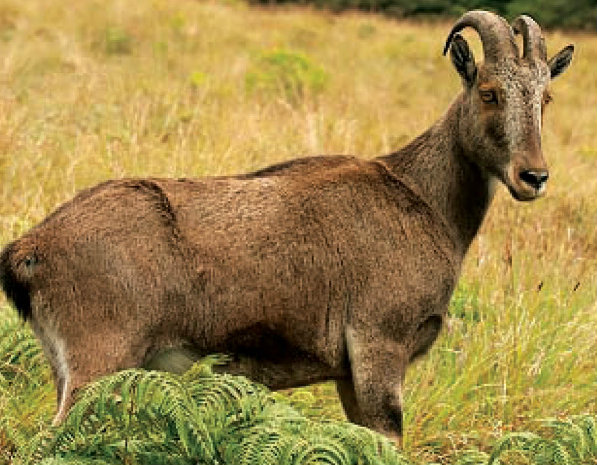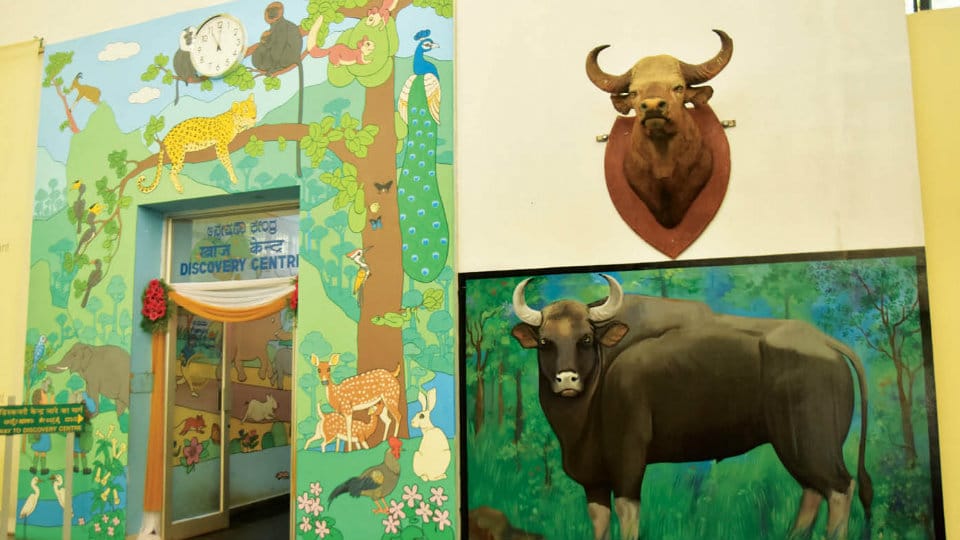Mysuru: Nilgiri Biosphere Reserve is India’s first and foremost biosphere reserves with a heritage, rich in flora and fauna. Tribal groups like the Todas, Kotas, Irullas, Kurumbas, Paniyas, Adiyans, Edanadan Chettis, Allar, Malayan, etc., are native to the reserve. This is how the Nilgiri Biosphere is described.
In the Western Ghats in South India, there is an abundance of wildlife in the Nilgiri Biosphere. This whole picture will be introduced in the form of 3D images and other unique features will unfold at the Regional Museum of Natural History (RMNH) in Siddarthanagar here. The work is going on at a brisk pace.
The Nilgiri Biosphere is coming up at the ground floor of the Museum. Along with this, the life style of the tribals would also be displayed here. This artificial forest will highlight the wildlife features of Karnataka, Kerala and Tamil Nadu in the Nilgiri Biosphere Reserve; the forest ranges of Aralam, Madumalai, Mukurti, Nagarahole, Bandipur National Park, Wayanad and Satyamangala forest ranges in the 3D format.
Already a blueprint of the Nilgiri Biosphere Reserve is ready. The models of the head and horns of the deer, swamp deer, bison will be on display and there will be information written below them. Besides, it will throw light on the flora and fauna including the weather conditions of the region. There will also be information on the tribal communities, their living habits amidst the wealth of the forests.
Touch Screen Kiosk
There will be six touch screen kiosks installed in the Museum. As it is difficult to put up signboards everywhere, this method is being introduced. In the interest of visitors, there will be different languages available.
The work on the artificial Nilgiri Biosphere Reserve and the touch screen kiosk will be completed in another two months and with the Skeleton Gallery also coming up, RMNH hopes to attract more visitors in the coming months, said Director Dr. G.N. Indresh, speaking to SOM.

Nilgiri tahr – Special attraction
Nilgiri tahr (Wild Goat) is a rare animal found in the Nilgiri Biosphere. This animal is called the Ecological Indicator. Efforts are on to create a special attraction towards this animal. This wild goat is being spotted mostly in Kerala’s Parambikulam Forest. In other regions it is rare, said the RMNH Director Dr. Indresh.








Recent Comments